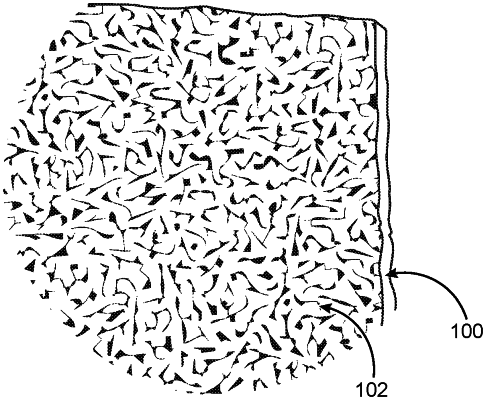| CPC D06N 3/0002 (2013.01) [C08G 63/08 (2013.01); C09D 167/04 (2013.01); D06N 3/0056 (2013.01); D06N 3/123 (2013.01); D06N 3/143 (2013.01); D06N 3/183 (2013.01)] | 6 Claims |

|
1. An abrasion resistant finish obtained by following steps: producing a polylactic acid plastic (PLA) mixture
by dispersing a biodegradable PLA in water, the PLA mixture carried by the water more deeply into the micro and macro structure of the fungal material, the PLA mixture penetrates into a matrix of a fungal hyphae of the fungal material and fortifies a hyphal structure as the water evaporates and creates a biodegradable PLA coating on the fungal material with improved abrasion resistance and water resistance, wherein the fungal material is mycelium; and
at least one surfactant added to the biodegradable PLA coating on the fungal material to improve the effectiveness of the PLA coating, the surfactant further including isopropyl alcohol and a polyurethane binder.
|